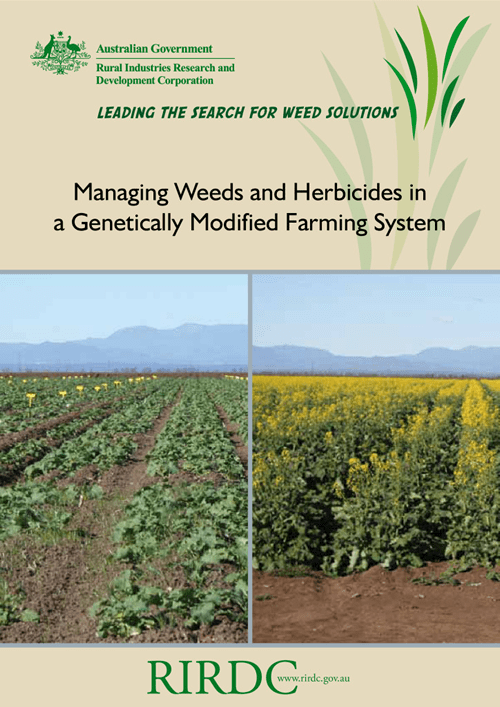Since the introduction of transgenic herbicide-tolerant varieties of cotton, the Australian cotton industry has developed glyphosate-centric weed management systems that are less reliant on residual herbicides and non-herbicide methods of weed control (such as cultivation and hand hoeing) than was the case in the past. These systems have contributed to improved crop yields while reducing the environmentally negative aspects of cotton production. Farming systems that rely too heavily on a single weed management tool are, however, not sustainable, there being inevitable shifts to weed species that tolerate the management tool. When the single management tool is a herbicide such as glyphosate, selection of herbicide-resistant weed species is also likely, and the Roundup Ready® system is no exception. The emergence of glyphosate-resistant weeds in the northern farming system is becoming a serious concern: resistance from three different grass species has been confirmed on a number of properties, although resistance has been confirmed on only one field with a history of cotton production.
Previous research has led to the development of a weed control threshold for cotton in order to optimise the use of glyphosate in Roundup Ready Flex cotton. The present project, which began on 1 March 2009 and ended on 30 June 2010, aimed to expand this approach to Roundup Ready canola in order to define a weed control threshold for canola and continue validation of the weed control threshold for cotton.





